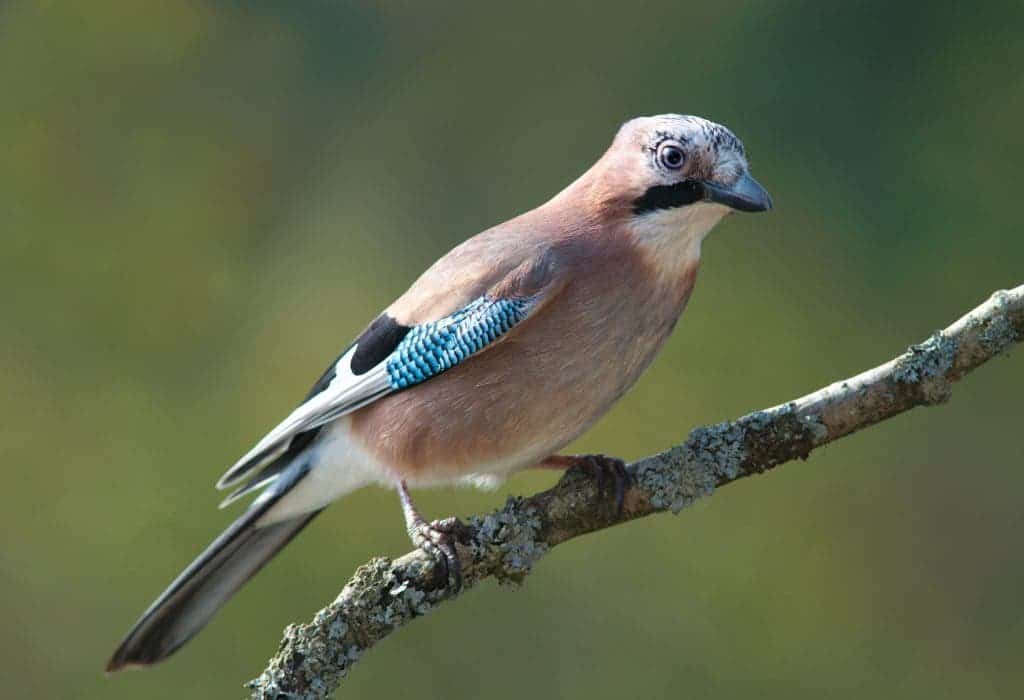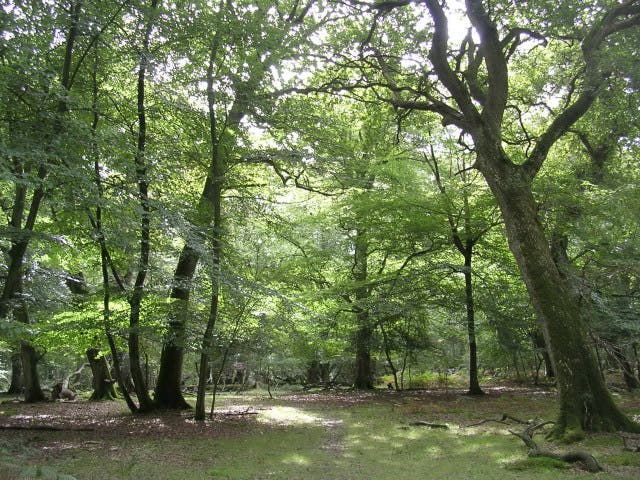With no special equipment, no fences, and no watering, two abandoned agricultural fields in the UK have been rewilded, in large parts due to the efforts of jays, which virtually “engineered” these new woodlands. Researchers now hope that rewilding projects can take a more natural and hands-off approach — and that jays can shed some of their bad rep.

The new wilderness
The two fields, which researchers have dubbed the New Wilderness and the Old Wilderness, had been abandoned in 1996 and 1961 respectively. The former was a barley field, while the latter was grassland — both were adjacent to ancient woodland. Researchers had suspected that the fields would gradually return to wilderness, but it was impressive to see just how quickly this happened, and how much of it was owed to birds.
Using aerial data, the researchers monitored the two sites. After just 24 years, the New Wilderness had grown into a young, healthy wood with 132 live trees per hectare, over half of which (57%) were oaks. Meanwhile, the Old Wilderness resembled a mature woodland after 39 years, with 390 trees per hectare.
“This native woodland restoration was approaching the structure (but not the species composition) of long-established woodlands within six decades,” the researchers explain in the study.

Part of this reforestation was done by wind, and researchers suspect that previous ground disturbance may have aided the woodland establishment — which is good news, as it would suggest that agricultural areas may be reforested faster than anticipated. However, animals — and in particular Eurasian jays, thrushes, wood mice, and squirrels — were also essential in helping the forests take shape. This handful of species provided much of the natural regeneration needed for the forest to develop. Jays, in particular, seem to have done a lot of heavy lifting.
Richard Broughton of the UK Centre for Ecology and Hydrology and lead author of the study, told The Guardian:
“Many people don’t like jays. Traditionally they have been seen as a pest. But jays and possibly grey squirrels planted more than half the trees in these sites. The jays and the thrushes basically engineered these new woodlands.”
Every year the world loses around 5 million hectares of forest. The vast majority of this happens in the tropics, but reforestation efforts all around the world are important for protecting the environment and limiting the damage of climate change. Researchers say that these insights could help efforts, especially in temperate areas, to develop natural rewilding projects.
“Passive rewilding of these ‘Wilderness’ sites shows that closed-canopy woodland readily re-established on abandoned farmland close to existing woodland, it was resilient to the presence of herbivores and variable weather, and approached the height structure of older woods within approximately 50 years.”
“Farmland abandoned more recently may have a greater legacy of high fertility and residual pesticides from longer periods of intensive agriculture, and this could influence trajectories of vegetation succession.”
The study was published in PLoS.


